
Roxy Music are an English rock band formed in 1970 by lead vocalist and principal songwriter Bryan Ferry and bassist Graham Simpson. By the time the band recorded their first album in 1972, Ferry and Simpson were joined by saxophonist and oboist Andy Mackay, guitarist Phil Manzanera, drummer Paul Thompson and synthesizer player Brian Eno. Other members over the years include keyboardist and violinist Eddie Jobson and bassist John Gustafson. The band split in 1976, reformed in 1978 and split again in 1983. In 2001, Ferry, Mackay, Manzanera and Thompson reunited for a concert tour and have toured together intermittently ever since, most recently in 2022 to celebrate the 50th anniversary of their first album. Ferry has also frequently enlisted band members as backing musicians during his solo career.

Another Green World is the third solo studio album by Brian Eno, released by Island Records on 14 November 1975. The album marked a transition from the rock-based music of Eno's previous releases toward the minimalist instrumentals of his late 1970s ambient work. Only five of its fourteen tracks feature vocals, a contrast with his previous vocal albums.
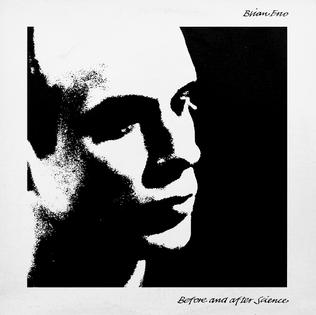
Before and After Science is the fifth solo studio album by Brian Eno, originally released by Polydor Records in December 1977 in the United Kingdom and by Island U.S. soon after. Produced by Eno and Rhett Davies, it is the first of Eno's popular music works to be published under his full name.

Ambient 1: Music for Airports is the sixth studio album by Brian Eno, released in 1978 by Polydor Records. It is the first of Eno's albums released under the label of ambient music, a genre of music intended to "induce calm and a space to think" while remaining "as ignorable as it is interesting". While not Eno's earliest entry in the style, it is credited with coining the term.

Taking Tiger Mountain (By Strategy) is the second solo studio album by Brian Eno (mononymously credited as "Eno"), released in November 1974 by Island Records. Unlike his debut album Here Come the Warm Jets, which featured 16 musicians, this album utilized a core band of five instrumentalists: Eno (keyboards, guitar), Phil Manzanera (guitar), Brian Turrington (bass guitar), Freddie Smith (drums), and Robert Wyatt (percussion). Manzanera also participated in the writing and production. To help guide the musicians, Eno and Peter Schmidt developed instruction cards called Oblique Strategies to facilitate creativity during the recording process.
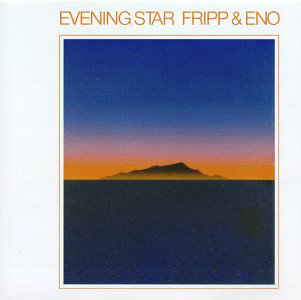
Evening Star is the second studio album by British musicians Robert Fripp and Brian Eno. It was recorded from 1974 to 1975 and released in December 1975 by Island Records.
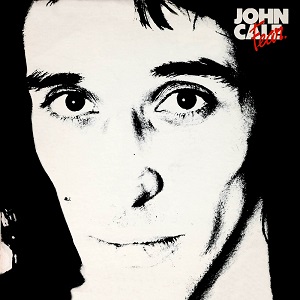
Fear is the fourth solo studio album by the Welsh rock musician John Cale, released on 1 October 1974 by Island Records.
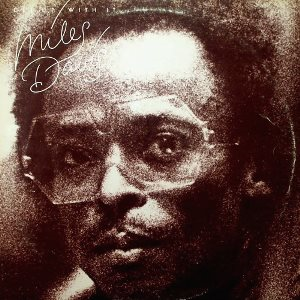
Get Up with It is an album by American jazz trumpeter, bandleader, and composer Miles Davis. Released by Columbia Records on November 22, 1974, it compiled songs Davis had recorded in sessions between 1970 and 1974, including those for the studio albums Jack Johnson (1971) and On the Corner (1972). In The Rolling Stone Album Guide (2004), J. D. Considine described the compilation's music as "worldbeat fusion".

For Your Pleasure is the second studio album by the English rock band Roxy Music, released on 23 March 1973 by Island Records. It was their last to feature synthesiser and sound specialist Brian Eno.

Roxy Music is the debut studio album by English rock band Roxy Music, released on 16 June 1972 by Island Records.

Stranded is the third album by English rock band Roxy Music, released in 1973 by Island Records. Stranded was the first Roxy Music album on which Bryan Ferry was not the sole songwriter, with multi-instrumentalist Andy Mackay and guitarist Phil Manzanera also making songwriting contributions. It is also their first album with keyboardist/violinist Eddie Jobson and bassist John Gustafson, who replaced Brian Eno and John Porter, respectively, after their departures following the release of their previous album For Your Pleasure.
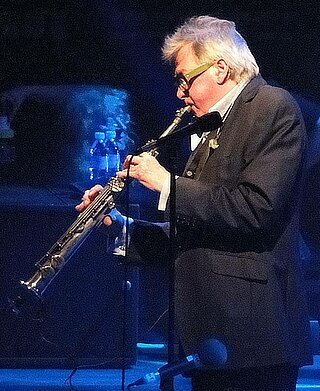
Andrew Mackay is an English musician, best known as a founding member of the art rock group Roxy Music.

Ultravox! is the debut studio album by British new wave band Ultravox. It was recorded at Island Studios in Hammersmith, London in the autumn of 1976 and produced by Ultravox and Steve Lillywhite with studio assistance from Brian Eno. It was released on 25 February 1977 by Island.

Slow Dazzle is the fifth solo studio album by the Welsh rock musician John Cale, released on 25 March 1975, his second album for record label Island.

In Concert is a live double album by American jazz musician Miles Davis. It was recorded in 1972 at the Philharmonic Hall in New York City. Columbia Records' original release did not credit any personnel, recording date, or track listing, apart from the inner liner listing the two titles "Foot Fooler" and "Slickaphonics."
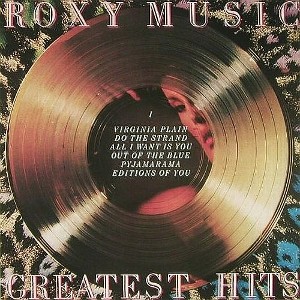
Greatest Hits is a compilation album by the English band Roxy Music. It was released in 1977, when the band were on hiatus.
"Baby's on Fire" is the third track on English musician Brian Eno's 1974 debut solo album Here Come the Warm Jets.

Brian Peter George Eno, also mononymously known as Eno, is an English musician, songwriter, record producer and visual artist. He is best known for his pioneering contributions to ambient music and electronica, and for producing, recording, and writing works in rock and pop music. A self-described "non-musician", Eno has helped introduce unconventional concepts and approaches to contemporary music. He has been described as one of popular music's most influential and innovative figures. In 2019, he was inducted into the Rock and Roll Hall of Fame as a member of Roxy Music.

(No Pussyfooting) is the debut studio album by the British duo Fripp & Eno, released in 1973. (No Pussyfooting) was the first of three major collaborations between the musicians, growing out of Brian Eno's early tape delay looping experiments and Robert Fripp's "Frippertronics" electric guitar technique.
"Third Uncle" is a 1974 song by the English musician Brian Eno, released on his second solo album Taking Tiger Mountain . The song was recorded at Basing Street Studios in Notting Hill, London, in September 1974, and produced by Eno. It has been highly influential and covered by many artists, most notably by Bauhaus in 1982.




















